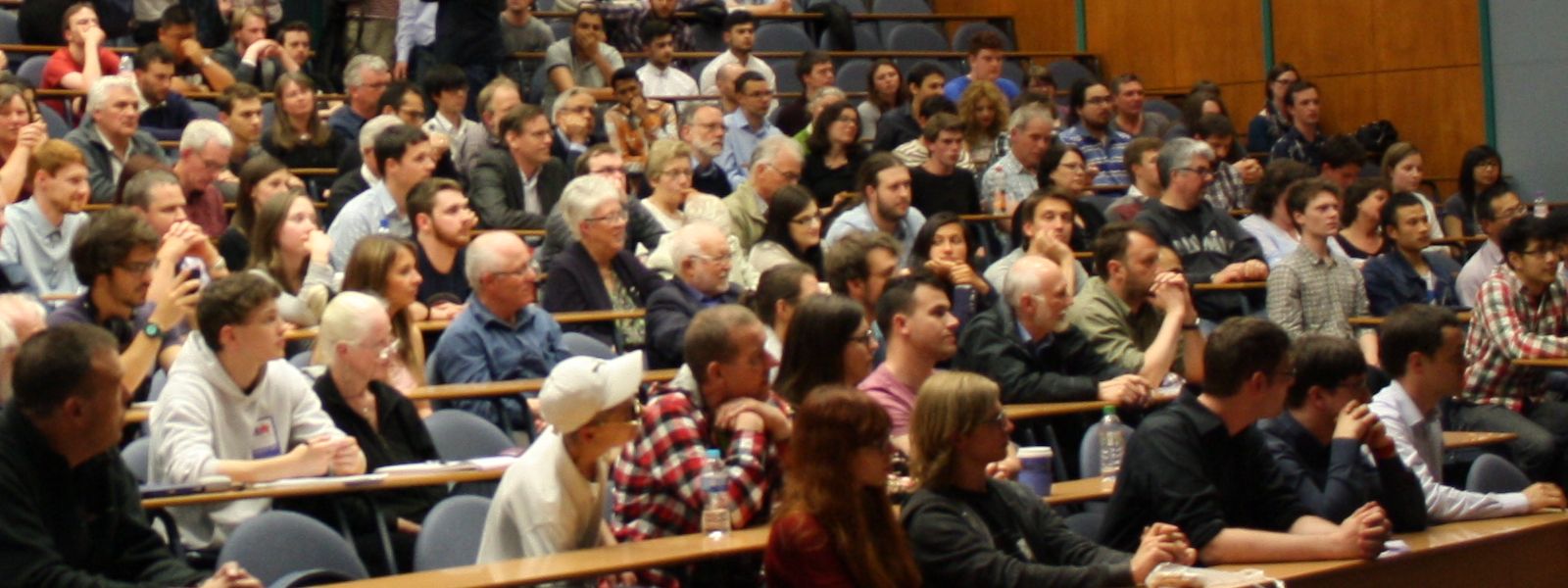Coordinated with the Colloquia at the Department of Physics and Astronomy of the University of Glasgow. (They may have donuts but we have free chocolate covered biscuits and coffee!)
Colloquia Schedule 2025-2026
* Note: Outside of regular schedule.

Coordinated with the Colloquia at the Department of Physics and Astronomy of the University of Glasgow. (They may have donuts but we have free chocolate covered biscuits and coffee!)
* Note: Outside of regular schedule.
Steven Jamison (Lancaster University) 22nd October 2025, JA 314
Grayson Noah (Quantum Motion Ltd) 19th November 2025, JA 314
Silicon spin-based quantum computing has seen substantial progress in the last few years - developments include demonstrations of fidelities above the fault-tolerant threshold and scaling to several-qubit devices, including Quantum Motion's deployment of the first full-stack silicon MOS quantum computer at the UK's National Quantum Computing Centre (NQCC). The development of advanced cryo-electronics and the unique integration opportunities offered by cryo-CMOS hold the keys to unlocking scalable architectures to support utility-scale fault-tolerant quantum computing. We present Quantum Motion's recent work in industrially fabricated cryo-CMOS electronics and qubits, scalable approaches to readout, and thermal characterisation and modelling.
Jack Donoghue (Henry Royce Institute, Department of Materials, University of Manchester) 3rd December 2025, JA 314
Prof Laszlo Veisz (Umea University) 15th December 2025, JA 314
TBA 28th January 2026, JA 314
TBA
Silvia Cipiccia (UCL) 11th February 2026, JA 314
TBA
Keith McKenna (University of York) (25th February 2026), JA 3.14
Optimising the performance of polycrystalline semiconductors for many applications in technology requires understanding how extended defects affect their electronic properties. In this talk I will introduce approaches to predictively model extended defects using density functional theory and highlight how they can be combined with scanning transmission electron microscopy to provide deep understanding of complex defects at the atomic scale [1]. I will present several examples from our recent research with a focus on materials with applications in photovoltaics. These will include anatase TiO2 (widely employed as an electron transport layer) [2,3], Sb2Se3 (an emerging thin-film solar absorber with an apparent intrinsic tolerance to extended defects) [4,5] and pnictogen chalcohalides (a wider class of promising materials which we have also recently found to be tolerant to extended defects). I will conclude with a summary of some of the challenges and opportunities for future research.
References:
[1] J. Quirk et al, Appl. Phys. Rev. 11, 011308 (2024)
[2] J. Quirk et al, Adv. Theory Simul. 2, 1900157 (2019)
[3] J. Quirk et al, Nano Lett. 21, 9217 (2021)
[4] K. P. McKenna, Adv. Electron. Mater. 7, 2000908 (2021)
[5] R. A. Lomas-Zapata et al, Phys. Rev. X Energy 3, 013006 (2024)
Timon Hilker (University of Strathclyde) 11th March 2026, JA 314
TBA
Robert Cameron (University of Strathclyde) 25th March 2026, JA 314
TBA